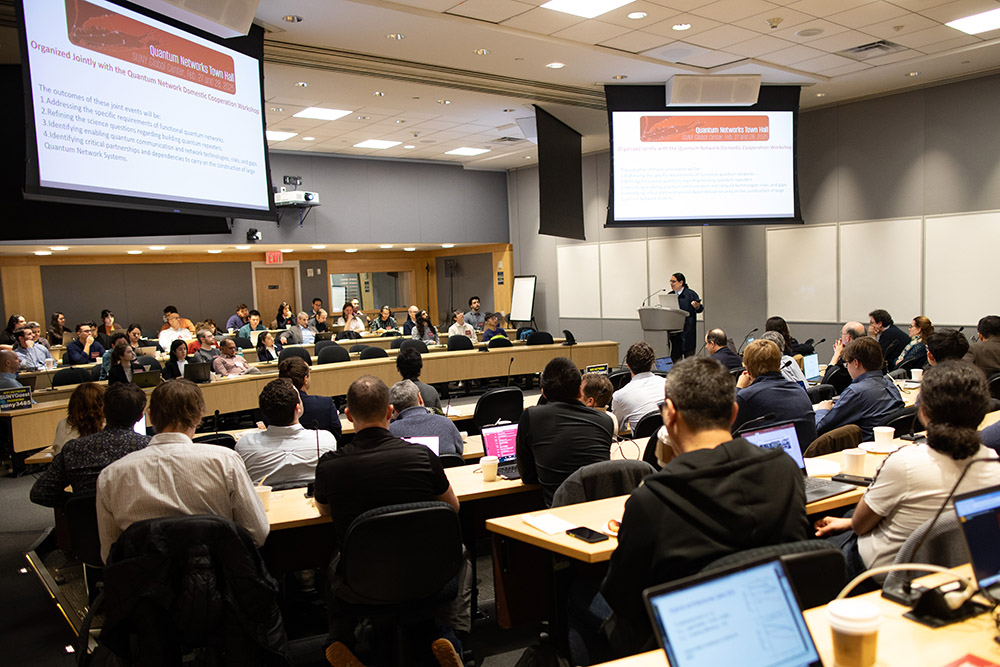Exotic Medieval Bookbinding: How Seal Skin Reveals Ancient Global Trade Secrets
Science
2025-04-08 23:01:00Content

In a fascinating journey across vast maritime landscapes, luxurious furry seal skins traversed incredible distances, potentially traveling from the remote, icy shores of Greenland to the hallowed halls of French monasteries. These prized pelts, bearing witness to extraordinary trade routes and cultural exchanges, represented more than mere animal hides—they were tangible connections between distant civilizations, telling stories of exploration, craftsmanship, and the intricate networks of medieval commerce.
Tracing the Transcontinental Journey of Medieval Seal Skins: A Monastic Mystery Unveiled
In the intricate tapestry of medieval trade and cultural exchange, few artifacts tell a story as compelling as the humble seal skin. These remarkable materials, traversing vast oceanic distances, reveal a complex narrative of interconnectedness between remote Nordic territories and European religious institutions during the Middle Ages.Unraveling the Secrets of Medieval Maritime Trade Routes
The Nordic Maritime Ecosystem and Its Economic Significance
The maritime landscapes of medieval Greenland represented far more than mere geographical territories; they were dynamic economic ecosystems teeming with biological and commercial potential. Seal populations thrived in these harsh, unforgiving environments, providing indigenous communities with critical resources for survival. Their dense, waterproof fur became a valuable commodity, transforming these marine mammals into economic linchpins of transatlantic trade networks. Hunters and traders navigated treacherous Arctic waters, developing sophisticated techniques for harvesting seal skins that balanced ecological sustainability with economic necessity. These pelts were not merely products but representations of intricate cultural knowledge passed through generations of maritime communities.Monastic Procurement and Transcontinental Connections
French monasteries emerged as unexpected yet significant endpoints in this complex trade route. These religious institutions, far removed from Arctic hunting grounds, developed sophisticated procurement networks that stretched across unprecedented geographical boundaries. The acquisition of seal skins represented more than economic transactions; they symbolized complex cultural exchanges between disparate societies. Monastic records reveal meticulous documentation of these transactions, highlighting the intellectual curiosity and economic pragmatism of medieval religious communities. Monks were not just passive recipients but active participants in global trade networks, leveraging their institutional connections to secure rare and valuable materials.Technological and Cultural Implications of Seal Skin Trade
Seal skins transcended their immediate material value, serving as conduits for technological and cultural knowledge transfer. These remarkable materials possessed unique properties that made them invaluable for clothing, maritime equipment, and artistic endeavors. Their waterproof and insulating characteristics represented cutting-edge technological solutions in an era predating modern synthetic materials. The transportation of these skins from Greenland to French monasteries involved complex logistical challenges. Maritime navigation, trade negotiations, and inter-cultural communication were essential components of this intricate process. Each seal skin carried within its fibers a narrative of human ingenuity, resilience, and interconnectedness.Ecological and Anthropological Perspectives
The seal skin trade provides profound insights into medieval human-environment interactions. These transactions were not merely economic but represented nuanced relationships between human societies and marine ecosystems. Indigenous hunting practices, European monastic procurement strategies, and maritime trade routes collectively painted a rich, multifaceted picture of medieval global interactions. Anthropological research suggests that such trade networks facilitated not just material exchange but also knowledge transfer, cultural understanding, and technological innovation. The humble seal skin became a medium through which distant societies could communicate, negotiate, and mutually comprehend their respective worlds.RELATED NEWS
Science

Science Center in Peril: Davis Community Called to Save Explorit's Future
2025-03-15 05:40:43
Science

Science Under Siege: NOAA Researchers Revolt Against Trump's Budget Axe in Washington
2025-02-19 22:06:09
Science

Young Innovators Unleash Creativity: Southern Wesleyan's Science Fair Sparks Genius
2025-03-24 15:03:00





